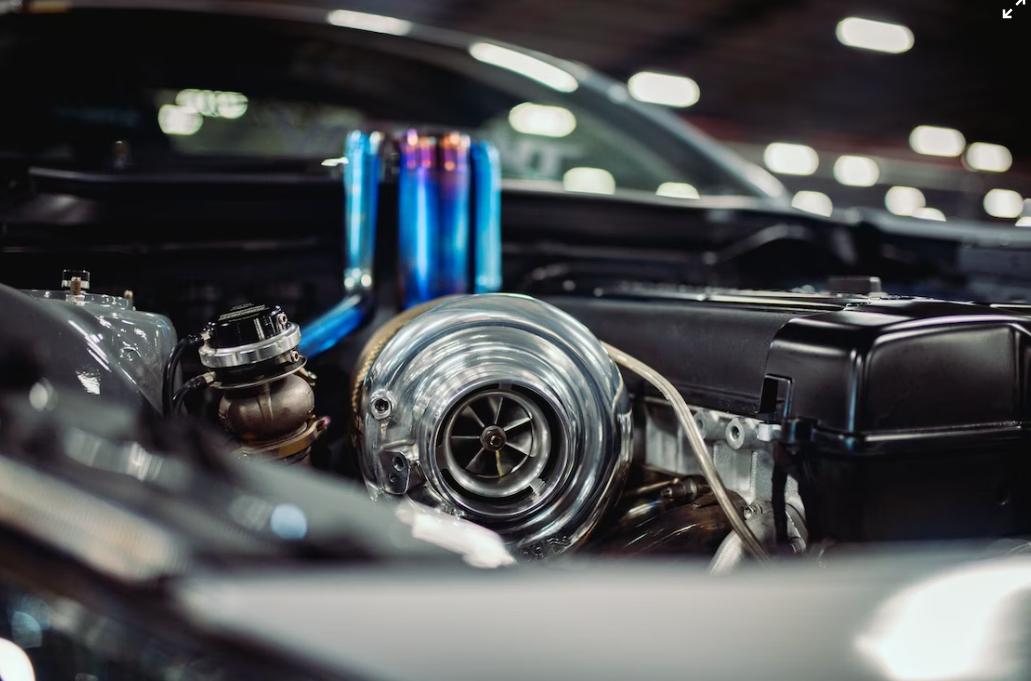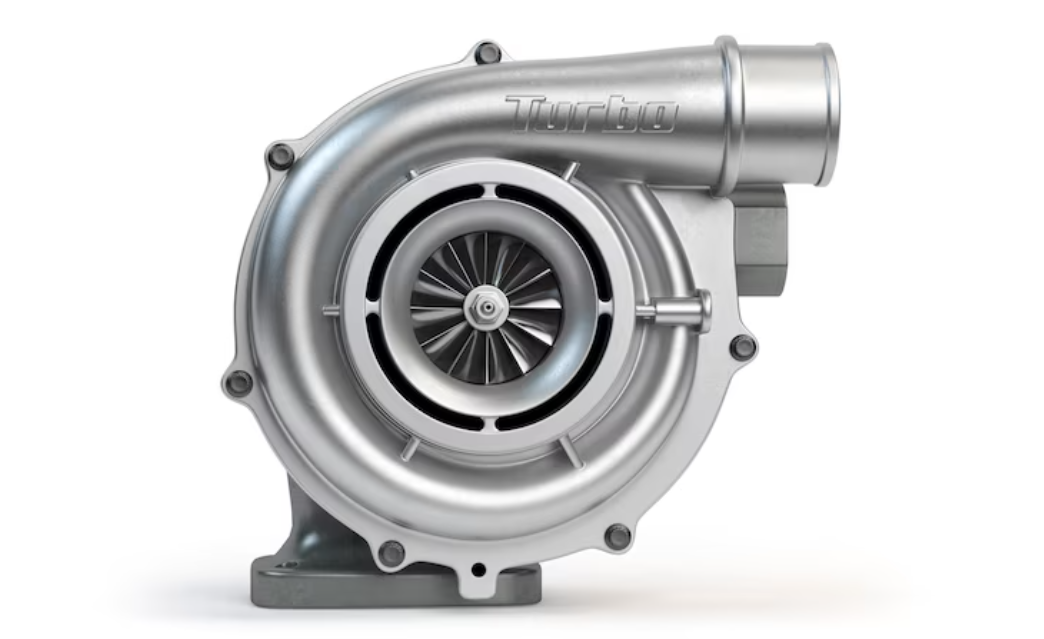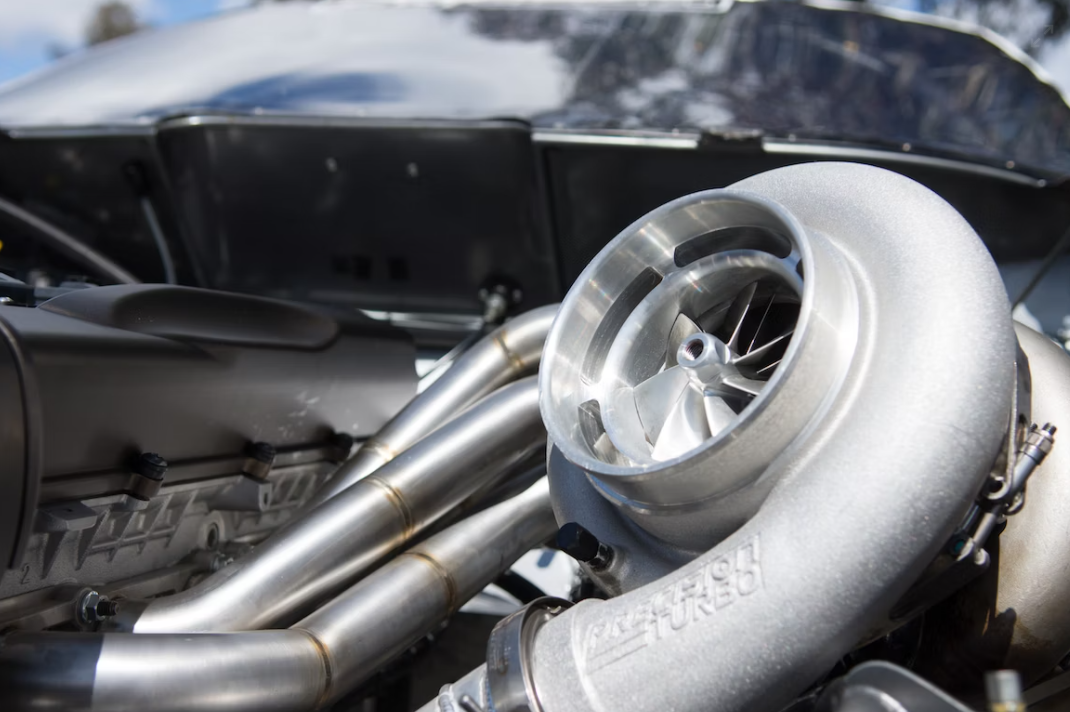How Does a Turbocharger Work? Unveiling the Power Behind the Boost
The turbocharger is a marvel of modern technology that has greatly improved engine efficiency. It works by compressing air entering the intake before it reaches the combustion chamber, allowing more fuel to be burned and resulting in increased power output for an optimal performance boost without sacrificing fuel economy. In this comprehensive article, we will go over how exactly a turbo works in detail. We’ll cover each step from start to finish so you understand every aspect of how turbocharging gives your engine the power it needs without compromising reliability or longevity.

How Does a Turbocharger Work?
A turbocharger increases engine power by compressing the intake air, which leads to improved combustion and increased performance. The compressor wheel in the turbocharger draws in ambient air and compresses it before supplying it to the engine's intake manifold. This compressed air has a higher oxygen concentration, allowing for a more efficient fuel burn rate. The increased air density enables the engine to ingest a larger mass of air during the intake stroke, enhancing its volumetric efficiency. This results in a greater amount of air-fuel mixture available for combustion, leading to increased power and torque output. Turbocharging also overcomes engine displacement limitations, allowing smaller engines to generate power comparable to larger naturally aspirated engines. Turbochargers deliver power throughout the RPM range, ensuring improved acceleration and responsiveness. Overall, a turbocharger significantly enhances engine power by optimizing air intake and combustion efficiency.

In modern turbocharger systems, a boost pressure control system is commonly integrated. To precisely manage and regulate the amount of boost pressure generated by the turbocharger, this system makes use of sensors, actuators, and an electronic control unit (ECU). The boost pressure control system makes sure that the turbocharger's boost pressure output is precisely controlled by keeping track of many elements and situations, including engine load, RPM, and intake air temperature. This enables optimal performance, improved engine efficiency, and safeguards against potential issues like over-boosting or under-boosting. The integration of advanced control technology allows for fine-tuning and adaptability to varying driving situations, resulting in enhanced overall engine performance.
Advantages of Turbochargers:
-
Increased Power: Turbochargers significantly boost engine power output without the need for a larger, heavier engine. This allows for improved performance, especially in vehicles where power is a priority.
-
Improved Fuel Efficiency: By compressing the intake air and increasing its density, turbochargers enable engines to burn fuel more efficiently. This can result in better fuel economy, especially during highway cruising or under moderate load conditions.
-
Downsizing Potential: Turbocharging enables downsizing of engines while maintaining or even increasing power output. Smaller engines with turbochargers can offer similar performance to larger naturally aspirated engines, resulting in weight savings and reduced fuel consumption.
-
Altitude Compensation: Turbochargers help compensate for power loss at high altitudes. As air density decreases with increasing altitude, a turbocharger ensures that the engine receives sufficient air for combustion, maintaining power output even at high elevations.
Disadvantages of Turbochargers:
-
Turbo Lag: Turbochargers suffer from a phenomenon known as turbo lag, which is the delay in boost response when the driver demands quick acceleration. This delay occurs because the turbine wheel needs a certain amount of exhaust gas energy to spin and compress the intake air effectively.
-
Increased Complexity and Cost: Turbocharger systems are more complex than naturally aspirated systems, requiring additional components such as intercoolers, waste gates, and boost pressure control systems. This complexity leads to higher manufacturing costs, potential maintenance requirements, and increased chances of component failure.
-
Higher Exhaust Temperature: Turbochargers subject the exhaust system to higher temperatures due to increased exhaust gas flow and energy extraction. This can put additional stress on exhaust components, potentially leading to increased wear and the need for heat-resistant materials.
-
Additional Heat and Packaging Challenges: Turbochargers generate heat, and the additional components associated with turbocharging may require more space and careful heat management in the engine bay. Proper cooling measures, such as intercoolers and improved airflow, are necessary to mitigate potential heat-related issues.

A turbocharger's lifetime and ideal performance are dependent on proper maintenance. Regular oil changes with the correct oil grade, letting the turbocharger cool before turning off the engine, using high-quality gasoline and oil, and adhering to the right warm-up and cool-down procedures are all crucial for maintaining the turbocharger's condition. Additionally, regular inspection and cleaning of air filters and the intercooler, monitoring boost pressure, addressing oil leaks promptly, and adhering to manufacturer's service intervals are essential. If any issues arise or if there are concerns about the turbocharger, it is recommended to seek professional assistance for a thorough inspection and diagnosis. By following these maintenance tips, turbocharger performance can be preserved, ensuring its reliability and longevity in the engine system.
-
What is turbo lag?
Turbo lag refers to the delay in boost response when the driver demands quick acceleration. It occurs because the turbine wheel needs a certain amount of exhaust gas energy to spin and compress the intake air effectively. This delay can cause a temporary lack of power and responsiveness until the turbocharger reaches its optimal operating speed.
-
Do turbochargers require special maintenance?
Turbochargers do require some special maintenance considerations. It is important to follow regular oil change intervals using the recommended oil grade to prevent oil degradation and contamination. Allowing the turbocharger to cool down before shutting off the engine helps prevent damage to its components. Additionally, maintaining clean air filters, monitoring boost pressure, and addressing any oil leaks promptly are essential for turbocharger health.
See more article here: Top 10 Jeep Grab Handles For An Enhanced Off-Roading Experience














